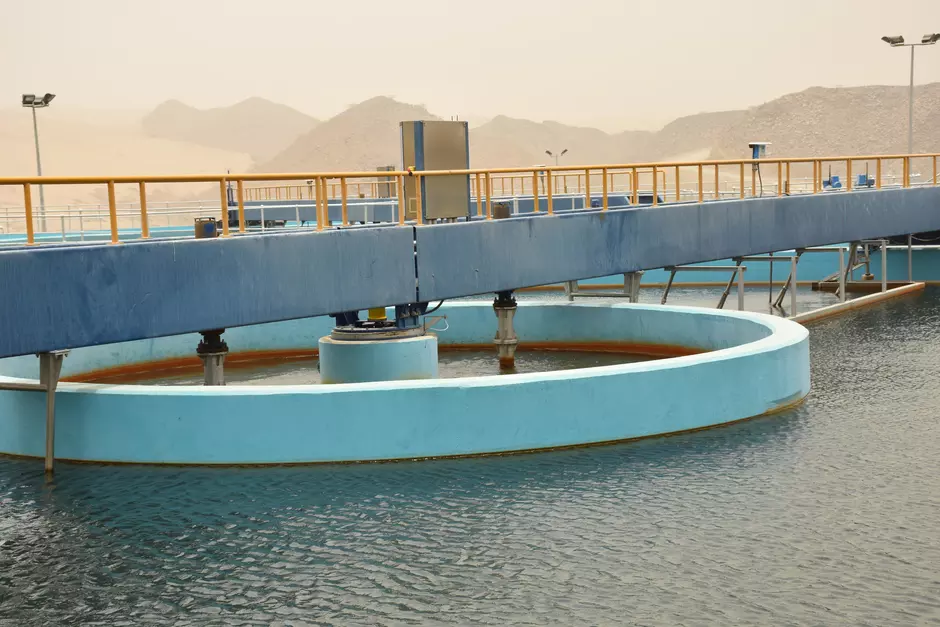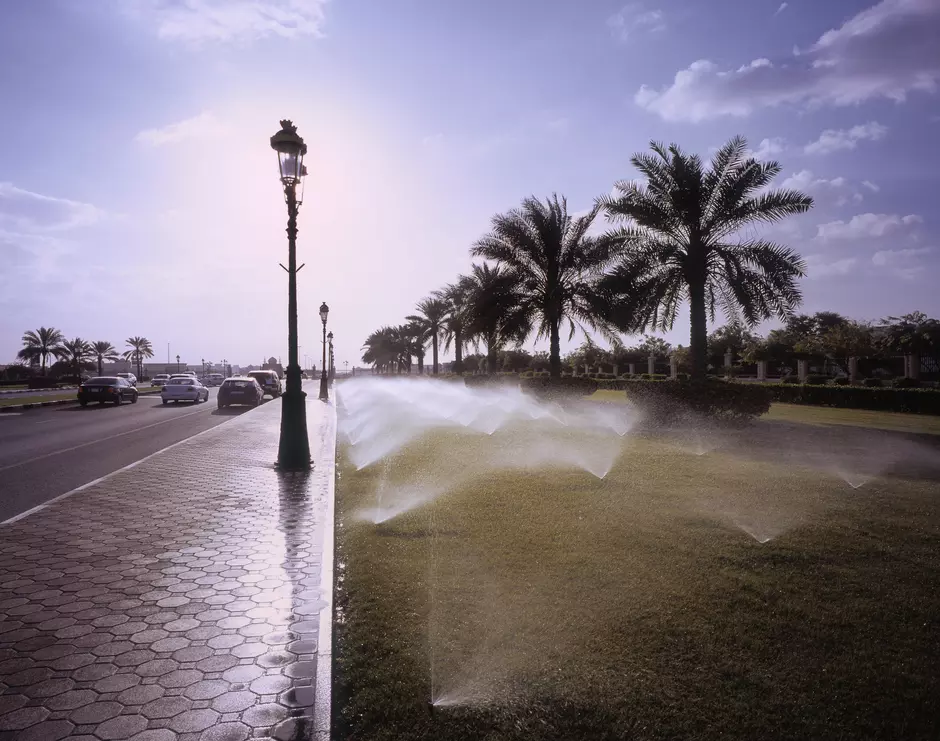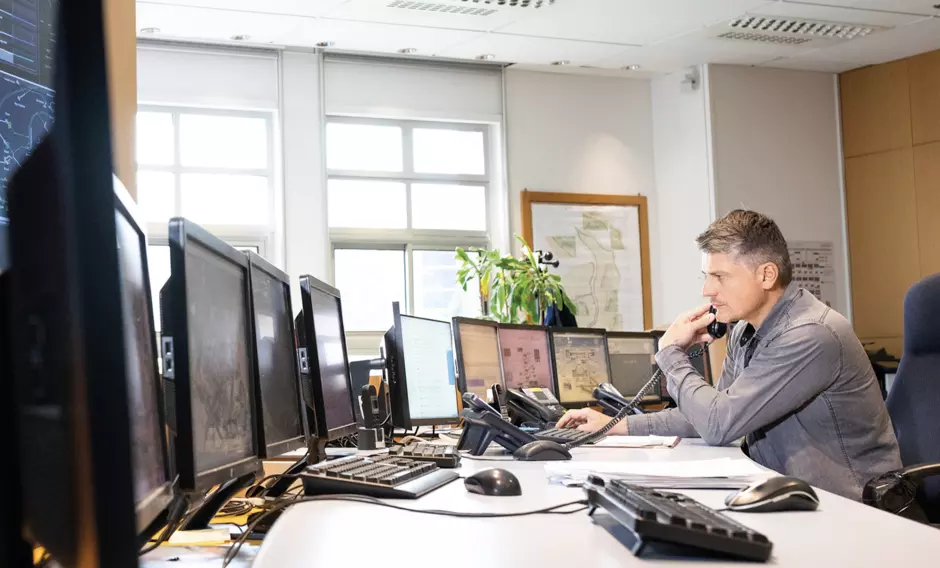Within the GCC, the UAE was the first country to commit to becoming Net Zero by 2050, quickly followed by the Kingdom of Saudi Arabia and Bahrain, both of which committed to a 2060 date.
Carbon reduction strategies are required urgently to dent current emissions levels, which for the GCC are among the highest in the world on a per capita basis (Gulf Cooperation Council Report). All GCC countries have also signed up to the Paris Climate Agreement. Heavy industries such as oil & gas, water, transport and waste management sectors will contribute to decarbonisation measures. WIth the Cop 27 in Egypt and the coming Cop 28 in UAE, decarbonisation topic is more relevant than ever especially in the water sector.
Veolia’s experts are often contacted to give some insights about this topic and explain the solutions that can be implemented to decarbonize the water sector. Discover more insight with Nicolas Tourneur on the occasion of the Utilities Middle East conference during the Power Week 2023 on “Decarbonising the water sector”.
Reduce water sector’s reliance on fossil fuels

Urban wastewater is a great source of energy. It can contain as much as 9 times the energy required to treat it. Biogas can be generated through anaerobic digestion and can cover a significant share of STP electricity demand: up to 70% to 80% of the plant consumption, reducing the quantity of sludge. It is also true for industrial effluent, with anaerobic treatment solutions we have helped Pinar Sut, one of the largest dairy in Turkey reuse their wastewater and produce energy in the form of biogas reducing their carbon emissions by 17% and generating substantial savings on natural gas.
Pumping sewage to the treatment plant or treated sewage to the disposal or reuse site, represents the second biggest energy consumption in a plant. One way of reducing this energy consumption is to consider smaller and dispersed plants rather than one central treatment plant. A good illustration are the 53 packaged sewage treatment plants that we supplied via Al Kharafi in Kuwait to the Ministry of Public Works. They are disseminated in various communities, allowing to shorten the collection and discharge network and to provide the necessary irrigation to these communities therefore also reducing the electrical consumption of the transfer pumps.
Reuse water to reduce new freshwater production
Water is too precious to be used only once. Domestic populations, as well as industrial transformation processes, consume large amounts of water resources on a daily basis and produce large quantities of wastewater. This wastewater is polluted by organic components, bacteria and other harmful elements, yet today constitutes a fully recoverable resource thanks to the progress of wastewater treatment processes and reuse techniques. Reusing water reduces the reliance on fossil fuel compared to producing new freshwater through desalination for the municipal and industrial sector alike. Water in the Emirates can be reused as Treated Sewage Effluent (TSE) for irrigation or industrial use after polishing.
Veolia is helping industries to reduce their reliance on water in the dairy sector. Baladna, a Qatari agricultural company, is home to over 24,000 cows that are spread over 2.6 million square meters, and recycle today about 22,000 m3/day of wastewater after tripling the capacity in 2021. Our technologies help Baladna in Qatar to treat and reuse their water instead of discharging it to lagoons, to spray and cool the cows during hot summer months reducing their freshwater consumption by more than 50%.

Driving efficiency within the water sector with digital technologies

Plant operators are faced with increasing demands for continuous process optimization including reducing water usage, wastewater production and chemical and energy consumption. They must achieve this without jeopardizing the process stability and while meeting tightening regulations. The combination of artificial intelligence, particularly with machine learning and water process expertise, already helps predict the process and mechanical behavior of water technologies and equipment.
Veolia’s Hubgrade digital solution makes water processes smarter, safer and more sustainable. It capitalizes on human competency and digital power to process data and to provide our clients with a continuous supply of optimized solutions adapted to their priorities, including compliance, operational excellence and sustainability. The plant module of Hubgrade Performance is an online digital twin that allows optimization of plant performances. For example, in some cases it can reduce overall power consumption by 20% to 30%, reduce chemical usage from 20% to 100%, and reduce nitrous oxides emissions, a more potent GHG than CO2 generated during nitrogen removal.
Decarbonizing water treatment, producing energy from renewable sources, recovering valuable by-products from sludge, reusing treated water. The traditional wastewater treatment plant is going through a profound evolution towards becoming a water resource recovery facility.


